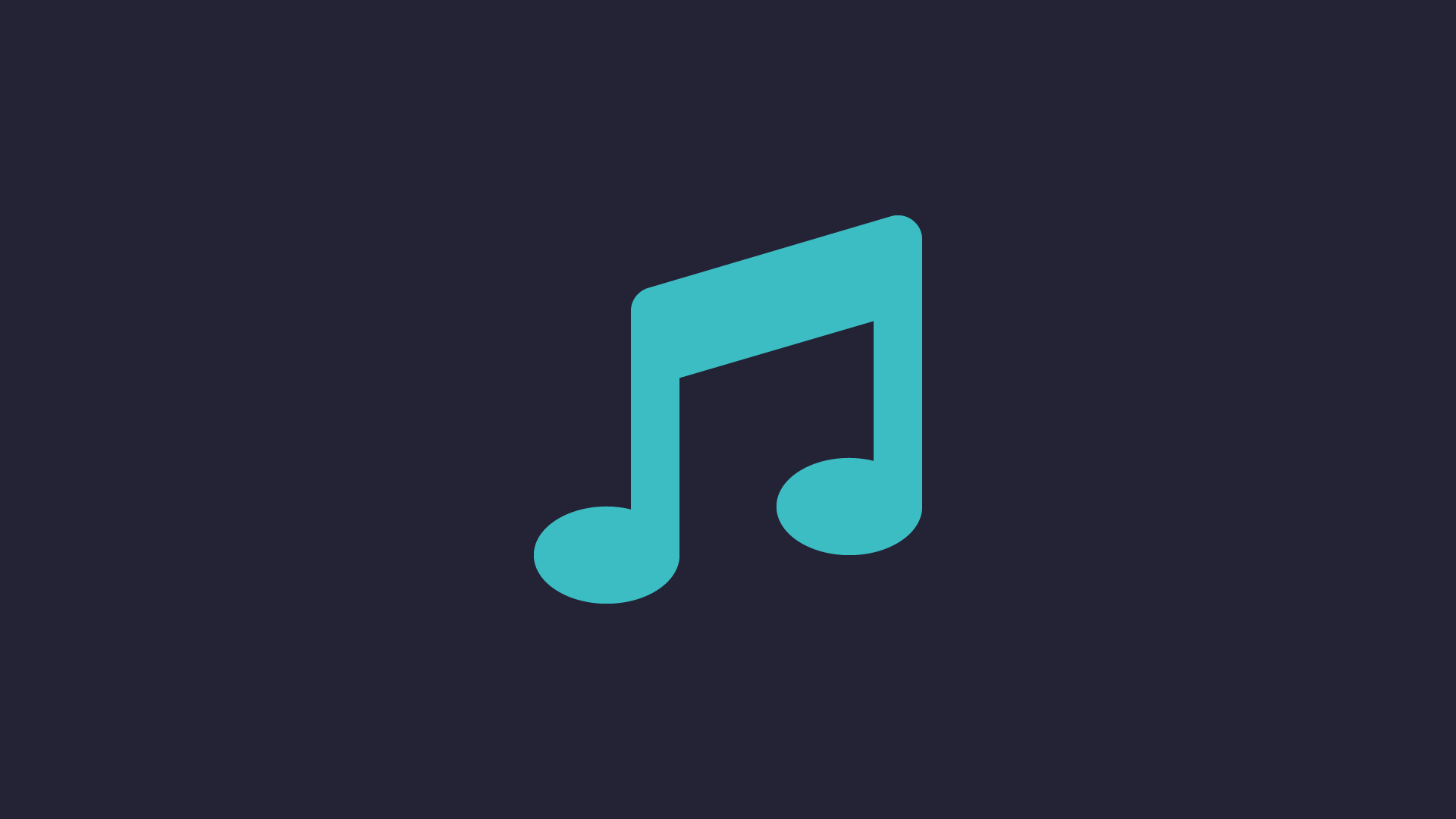Tunes: Set yourself up for faster learning
How to set up tunes most effectively.

by Tarun
Creator, tuneUPGRADE
The Three Kinds of Tunes
When you navigate to your Tunes list, you'll notice that there are three separate tabs to organize your tunes:
Learning - This is where you'll enter tunes you want to learn or are currently working on. Try to keep this at a reasonable number of tunes so you can stay focused on learning a few at a time, then graduate them to your repertoire when ready.
Repertoire - When you master a tune, you can promote it to your repertoire. Keeping your repertoire organized separately will let you keep a narrow list of things you're learning, but remember to come back and refresh yourself on tunes you've learned in the past.
Exercises - Exercises let you track warm ups or exercises that target certain skills, such as scales, dexterity exercises, or music theory activities such as ear training.
This organization comes into play when setting up routines, and ensures you can keep your routine well balanced between learning new tunes, performing exercises.
What about all these other fields?
Glad you asked! Let's walk through each field.
Name & Artist: Name is the only field required for a tune. Both Name and Artist will display when practicing, so you know what you're focused on.
Tags: Tags allow you to categorize beyond Learning, Repertoire, and Exercises. Tags will display in the Tunes list and are clickable, letting you filter down your tune list.
Tags are great if you play multiple instruments, play multiple genres, or want to distinguish between different ways to play (i.e. Rhythm guitar part vs. a lead guitar part).I personally love to visit my repertoire from time to time, and filter down my list based on a genre, style, or instrument I'm working on.
Practice Notes: The practice notes area is the only area editable both in the tune list and when you practice a tune. Taking practice notes is a great strategy to ensure you are making the most of your time. You should always update your practice notes after practicing something. Get in the habit of updating these after your practice timer goes off, and before moving to the next tune to practice.
Some examples of things you can capture in practice notes include:
Areas that went well, and areas that went poorly.
Where you'd like to focus the next time you come back to practice a piece.
Short chord progressions, guitar tabs, or note names as needed.
Mastering the effective use of practice notes is a great way to learn faster.
Using the Materials fields to keep things at your fingertips
Book & Page: If this tune is part of a book, list where it's located. This will appear on the practice screen (and books will appear on the practice preview screen) so you don't have to waste time searching for a tune.
Link to Materials: If you're referencing online sheet music, a chord chart, a tab, or a lesson on a website, enter the URL into the Link to Materials page. tuneUPGRADE will attempt to frame in the materials on the practice screen (though some sites don't allow this, so we'll always give you the option to Open Materials in a new tab).
YouTube URL: If you're learning off a YouTube lesson, enter the YouTube URL here. tuneUPGRADE will frame the YouTube video in on a page. Another way to use this is to link to a music video - and YouTube's handy feature that lets you play back slower without affecting pitch is a great way to learn while playing along much slower than the original recording.
Spotify Track: If you're a Spotify user, you can link to a Spotify track, which will be playable from the practice screen as well.
Whew, that's a lot - but it can really help out!
It's true! The nice part is - you can use what you want to, and ignore what you don't. Personally, I find it very helpful to populate as much of the tune as possible. For example, I might link to a chord chart or tab in link to materials, link to a youtube tutorial, and link the spotify track - so that I have a few different ways to reference and learn something.